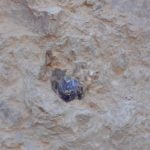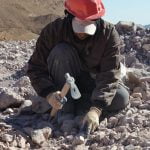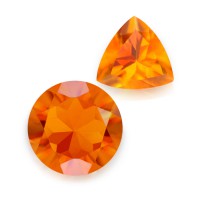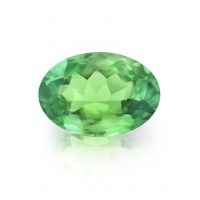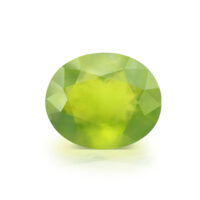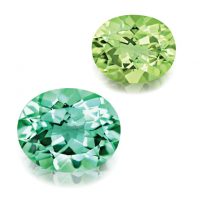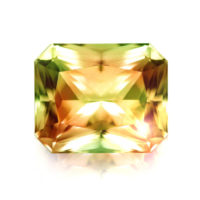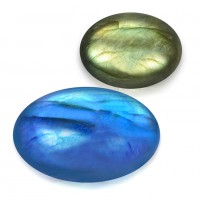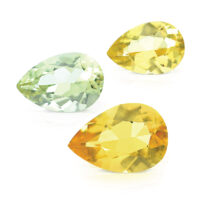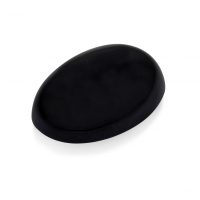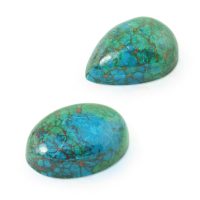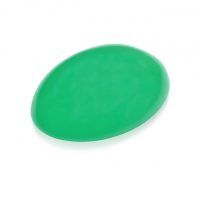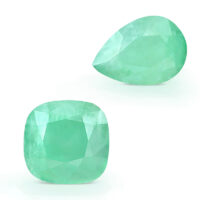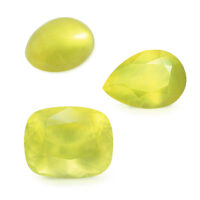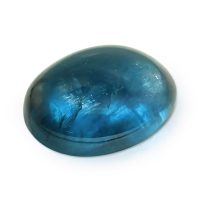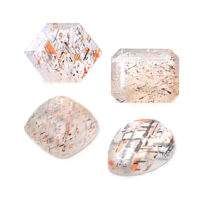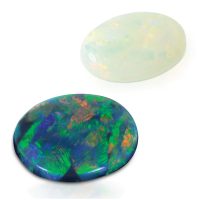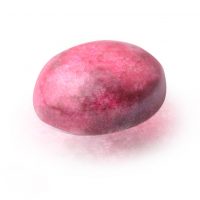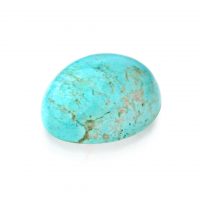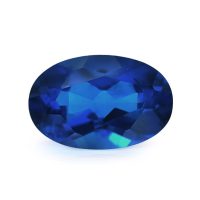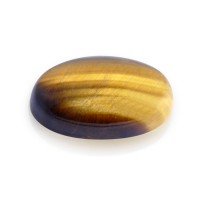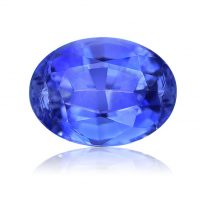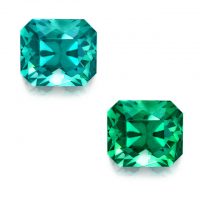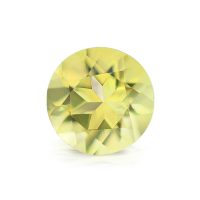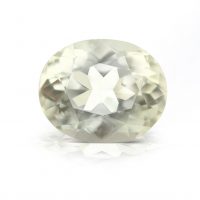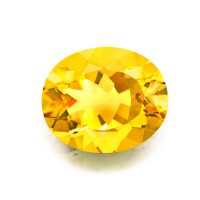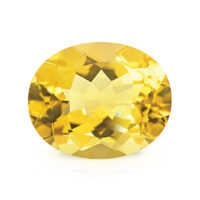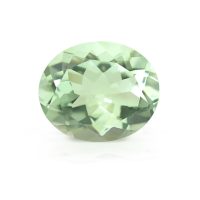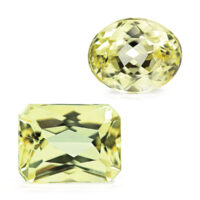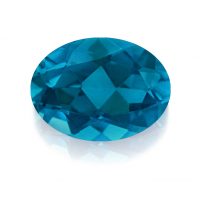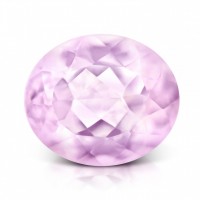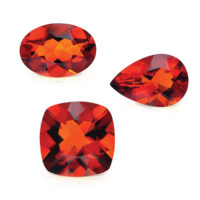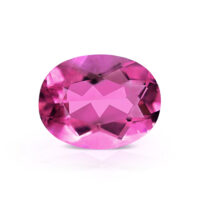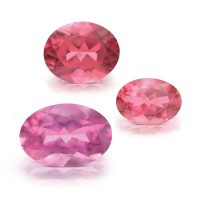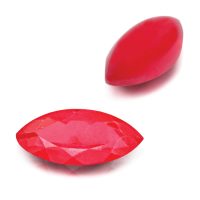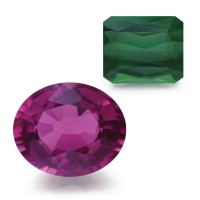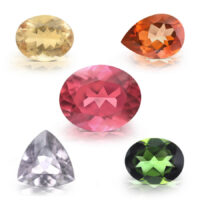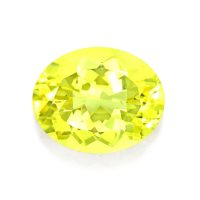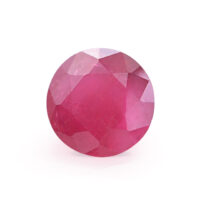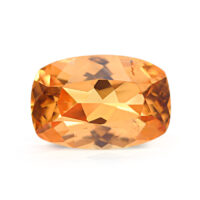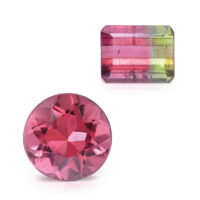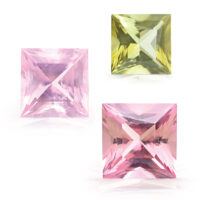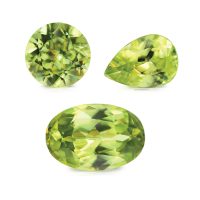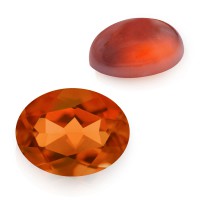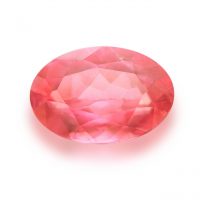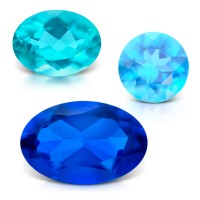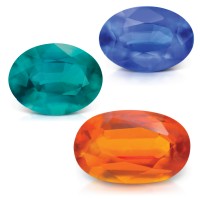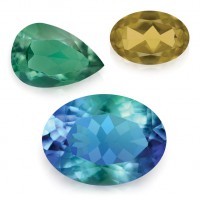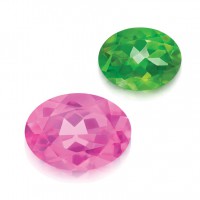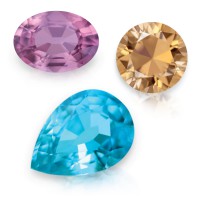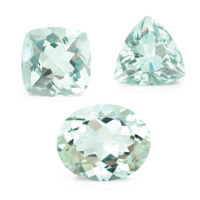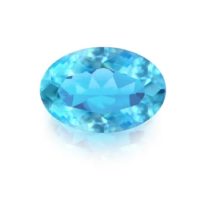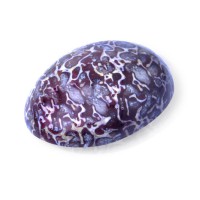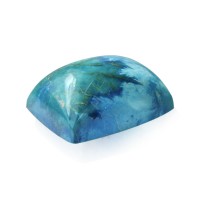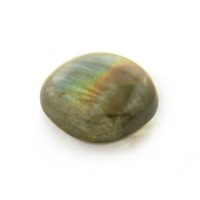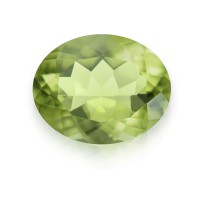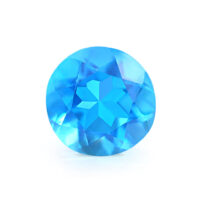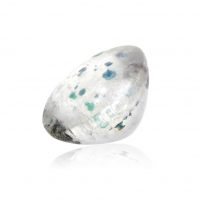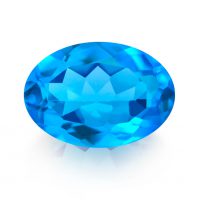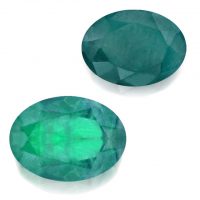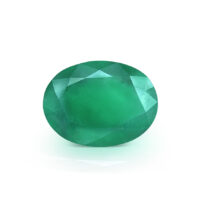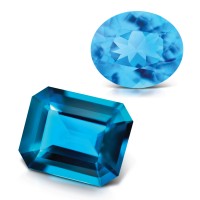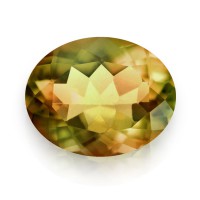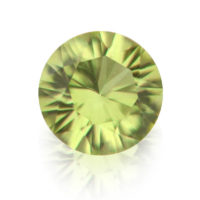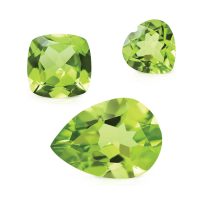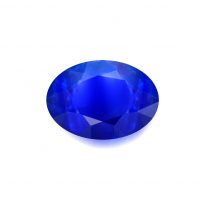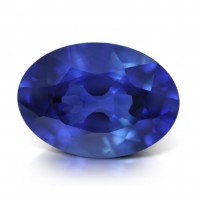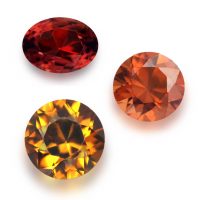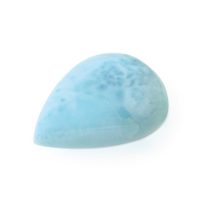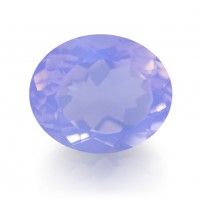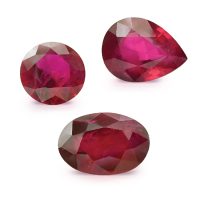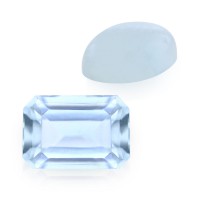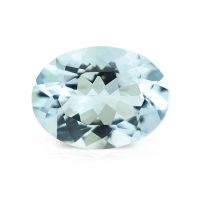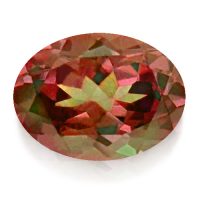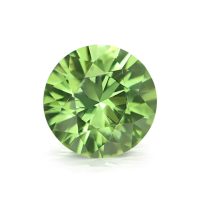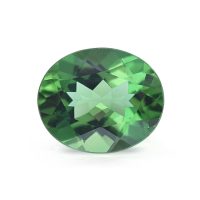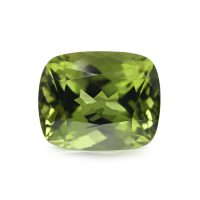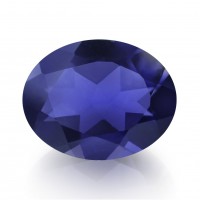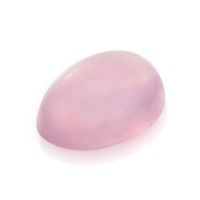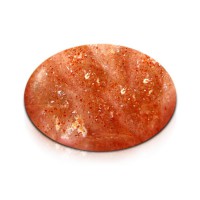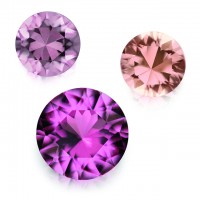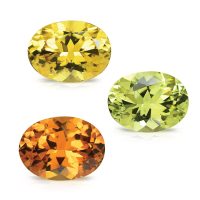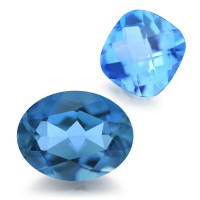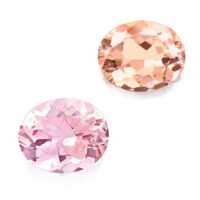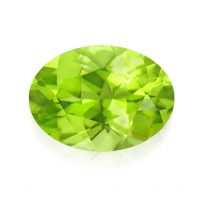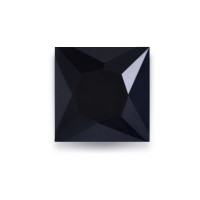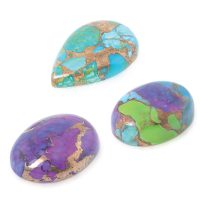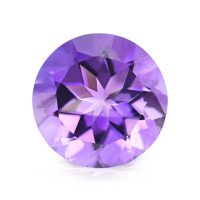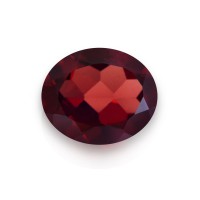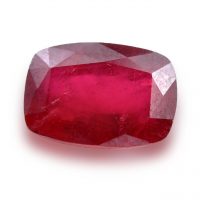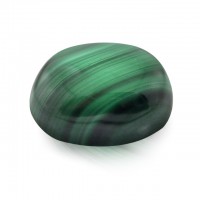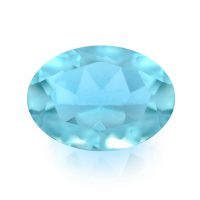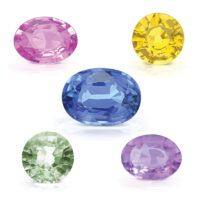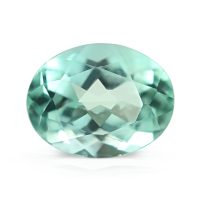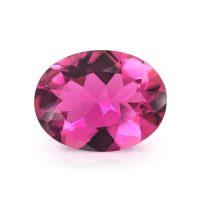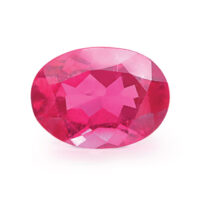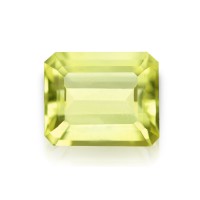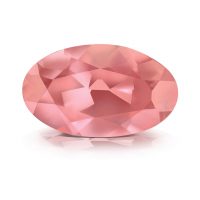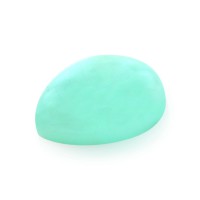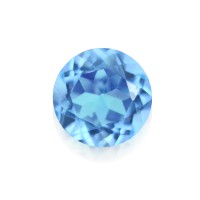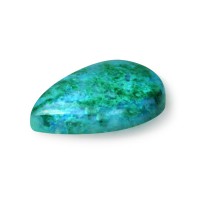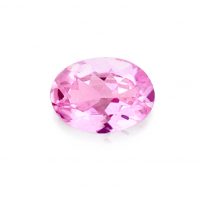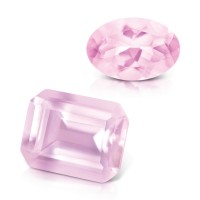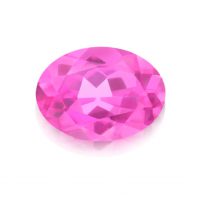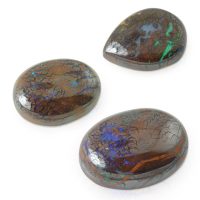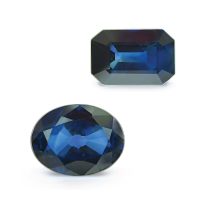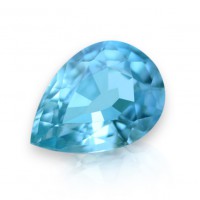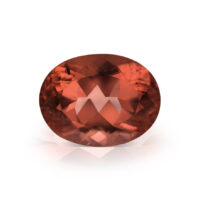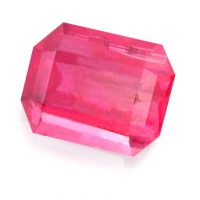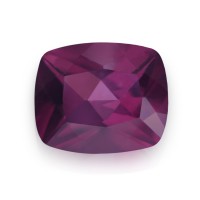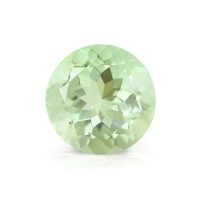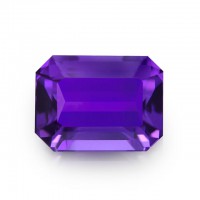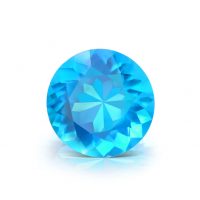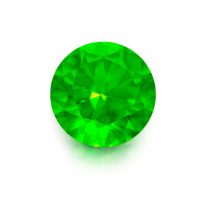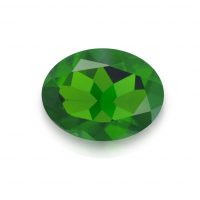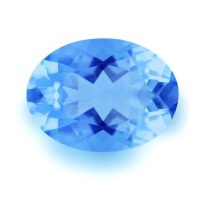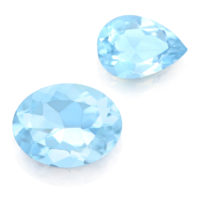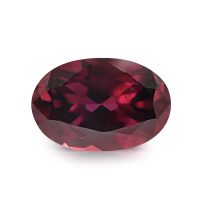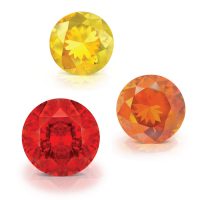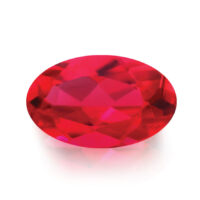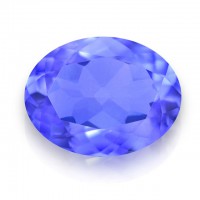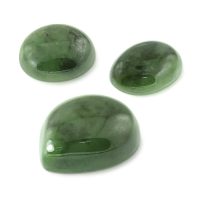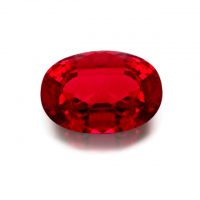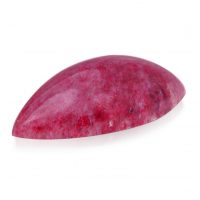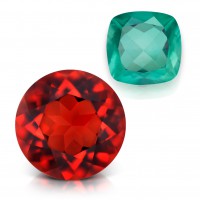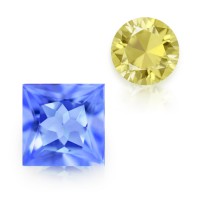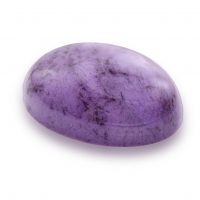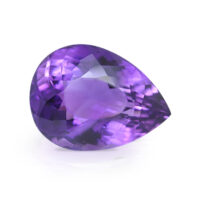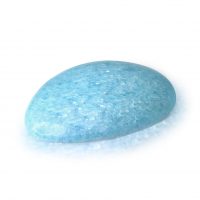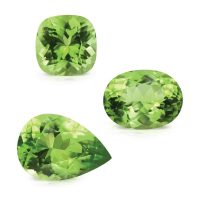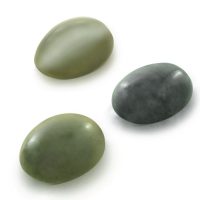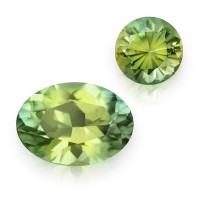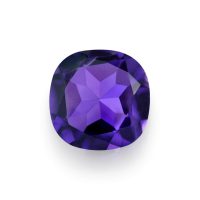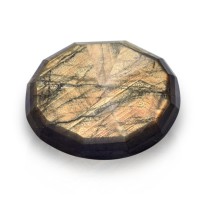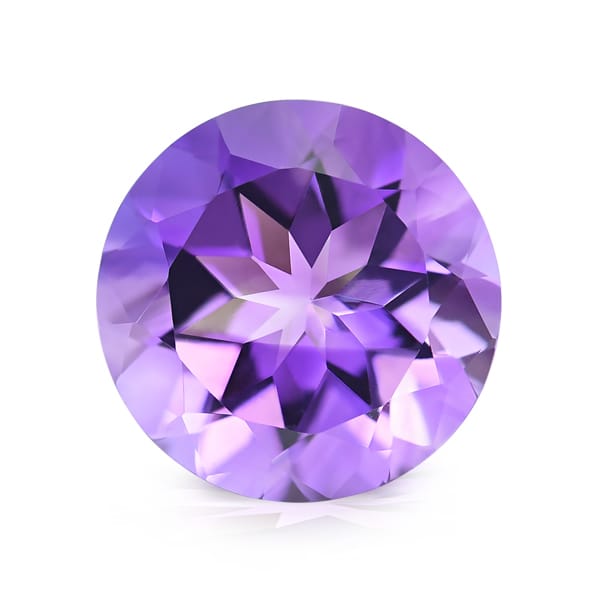

February’s birthstone, Amethysts’ timeless beauty has captivated humanity as early as 2500 BC, affording this classic gemstone a colorful history, rich in myth, legend, and lore. Moroccan Amethyst possesses a beauty reminiscent of historic Siberian Amethyst, displaying natural velvety purples, with desirable blue and cranberry flashes, high clarity, good brilliance, and an attractive luster; key quality considerations for Amethyst. An award winning, socially responsible, mine-to-market operation, Moroccan Amethyst hails from Morocco’s remote Anti-Atlas Mountains, where it was discovered around 40 years ago. With less than two percent gem-quality, mining at this remote locale ultimately proved commercially unviable, with the mine sadly closing in 2020. Undeniably beautiful, Moroccan Amethyst are increasingly scarce, and not readily available in the jewelry marketplace.
Hardness 7
Refractive Index 1.544 – 1.553
Relative Density 2.65
Enhancement None
Beauty
Color is Amethyst’s most important consideration, with the deeper shades commanding higher prices. The most valuable Amethysts are medium to dark toned, transparent, and pure violet with no shading toward red or blue, although blue or red flashes are desirable and highly coveted. Amethyst crystals occur with reasonably few inclusions, so the standard is eye-clean, the highest quality clarity grade for colored gemstones as determined by the world’s leading gemological laboratories. As it’s popular with both lapidaries and jewelers, you’ll find more fanciful shapes and cuts of Amethyst than you will for many other gemstones. Regardless of the cut, look for an even color and good brilliance.
Moroccan Amethyst has an even, velvety purple with a medium saturation and tone, reminiscent of the now historic Siberian Amethyst. Although you’ll sometimes see ‘Siberian’ used to describe intensely colored Amethyst from any locale, this is technically incorrect. They also display blue flashes, similar to some Brazilian and Zambian Amethyst, as well as unique cranberry red flashes. Caused by microscopic hematite needle inclusions, this gemological feature is specific to Moroccan Amethyst. Moroccan Amethyst also displays an attractive color change from purple in sunlight (candescent), to pink in candlelight (incandescent).
Moroccan Amethyst are faceted at a dedicated lapidary located in the famous Indian gem city of Jaipur. Maintaining a high ethical standard and social responsibility, many of the lapidaries were previously unskilled, unemployed women who were provided training and a profession. Moroccan Amethysts’ unique beauty is accentuated by optimal lapidary and an eye-clean clarity. Experienced lapidaries carefully orientate each crystal to maximize its colorful brilliance, maintaining a high-polish/vitreous ‘glassy’ luster, as well as a good overall appearance (outline, profile and proportions).
Colored by trace amounts of iron, Amethyst is a variety of macrocrystalline (large crystal) Quartz that comes in pastel roses to deep purples. Some other popular macrocrystalline quartzes are Citrine, Rose Quartz, and Tiger’s Eye. Cryptocrystalline (small crystal) Quartz gemstones include, Agate, Chalcedony, Jasper, and Onyx. Derived from the Greek ‘amethustos’, which means ‘not drunk’, Amethyst is mythologically associated with Dionysus (Bacchus to the Romans), the Greek god of wine, and was once fashioned into talismans and goblets to prevent intoxication. Despite Dionysus’s divine mission to end care and worry, he spread his fair share of mayhem, especially after a few quarts of wine! The legend goes that a drunken Dionysus, none too happy after being shunned by a passing mortal, swore revenge on the next unfortunate to cross his path. Enter Amethyst, a young, innocent, beautiful maiden (and a worshippee of the goddess Diana), followed by two hungry tigers’ courtesy of Dionysus. As Amethyst screamed, Dionysus filled his goblet. Divinely unimpressed by Dionysus’s shenanigans, all-seeing Diana quickly turned Amethyst into a Quartz statue, as pure as her virtue. While protected from harm, unfortunately the spell couldn’t be reversed, causing a guilt-ridden Dionysus to weep tears of sorrow. Collapsing as his tears dripped into his goblet, its contents splashed onto the statue, creating the purple gem we call Amethyst. Adopting words from other languages, the Greek name is probably a play on the Hebrew for a purple gem, ‘achlamath’, which itself is possibly derived from the Persian ‘shemest’. While legend would have us believe the Greeks really thought Amethyst would prevent intoxication, writing in the 1st century Pliny the Elder (23-79 AD), Roman historian and author of Historia Naturalis (the world’s first encyclopedia), was skeptical, remarking, “the lying Magi promise that these gems are an antidote to drunkenness.” Yet in his’ Book of Precious Stones’, the 13th century Arabic scholar Mohammed Ben Mansur affirms that, “wine drunk out of a goblet of Amethyst does not intoxicate.” However, if you fill an Amethyst goblet with water, it does look a lot like wine, so perhaps this legend has a grain of truth after all… Long before Roman emperors donned the bright purple ‘toga picta’, pharaohs, kings and queens made purple a potent symbol of sovereignty. From the signet of Cleopatra, an Amethyst engraved with a figure of Bacchus, to the Amethyst necklace of Queen Charlotte, wife of George III of England, Amethyst will forever be linked to fashion, prestige, and power. Because of this heritage, it’s not surprising that Amethyst was popular with the Catholic Church in the middle ages. Thought to promote celibacy, it soon became known as the ‘papal stone’. Even today, bishops still wear Amethyst rings. Leonardo Da Vinci (1452-1519) wrote that Amethyst was able to dissipate evil thoughts and quicken the intelligence, while Pliny the Elder reported that if the name of the moon or sun was engraved upon an Amethyst hung from the neck by the hair of a baboon it became a charm against witchcraft and beneficial to those petitioning princes. Amethyst might be a gem of antiquity, but it remains an important fashion gemstone due to its timeless beauty.
Rarity
Found on every continent in varying amounts, Amethyst quality differs depending on origin. First appearing in Europe in 1727, gorgeous Brazilian Amethyst remains prolific. Other notable sources include Madagascar, Morocco, Uruguay, and Zambia.
Moroccan Amethyst was discovered in the 70s (circa 1978), when a group of nomadic goat herders were stuck in a storm in the remote Anti-Atlas mountain range of southern Morocco (Adrar Tirecht Bou Oudi Mountain, Tata Province, Souss-Massa Region). The next morning, they found purple crystals on the washed ground, bringing them to tourist shops in the villages nearby. In 2010 a geologist finally had the gems analyzed by the GIA (Gemological Institute of America), confirming they were Amethyst.
Mining started in 2011 near the village of Tata, and continued on a small scale until early 2020. From 2011 – 2015, the miners mainly used hand tools to extract the crystals from the rhyolite host rock. Excavators were used since 2015, as the hillside was pushed further back, but the miners still hand-picked crystals, which was labor intensive. The Amethyst market is extremely competitive and initially, selling these unique Amethysts actually proved more challenging than their mining! In 2013, the miners brought their gems to the Tucson Gem Show, returning deflated by the feedback: large lapidaries saw little value in these amazing Amethysts. Luckily, the miners connected with Glenn Lehrer (1954 – 2024), a world-renowned gem artist and master cutter with over 40 years’ experience. Glenn quickly saw the unique potential of Moroccan Amethyst, taking it in a completely different direction…
Ethical and environmental, Moroccan Amethyst is not just another Amethyst, but a unique mine-to-market gemstone. The mine was actively involved in community building in the area, only hiring local Berbers, offering them a good salary and health care; prior they were mainly camel and goat herders. In the years prior to its closure, production was relatively stable, employing around 20 miners. Wells, roads, electricity, and designated vehicles for schoolchildren and villagers were all provided using profits from the Amethyst mine. In 2016, the mine received an award from the Moroccan government to highlight its contributions to social responsibility and gem mining in Morocco.
Despite these achievements, only 1.2 percent of Moroccan Amethyst crystals (rough) were gem-quality, which always made mining at such a remote location financially challenging. When combined with the ever-increasing overburden (rock/soil overlying a mineral deposit) needing to be removed, the operation was simply no longer economically viable, and the mine closed only nine years after opening. With Glenn also sadly passed in 2024, only several kilograms of rough, as well as a small selection of faceted gems remain. Whatever is currently in the marketplace is basically all that’s available. The future might see another investor group try their luck, but given the costs involved, this seems highly unlikely.
With over 90 percent of gemstones enhanced, and many Amethysts’ heated to lighter or darken their hue, Moroccan Amethyst is one of the few gemstones that are totally natural and unenhanced, accentuating desirability, rarity and value.
Durability & Care
Moroccan Amethyst is a durable jewelry gemstone (Mohs’ Hardness: 7) well-suited to everyday wear. Always store Moroccan Amethyst carefully to avoid scuffs and scratches. Clean with gentle soap and lukewarm water, scrubbing behind the gem with a very soft toothbrush as necessary. After cleaning, pat dry with a soft towel or chamois cloth.
Map Location
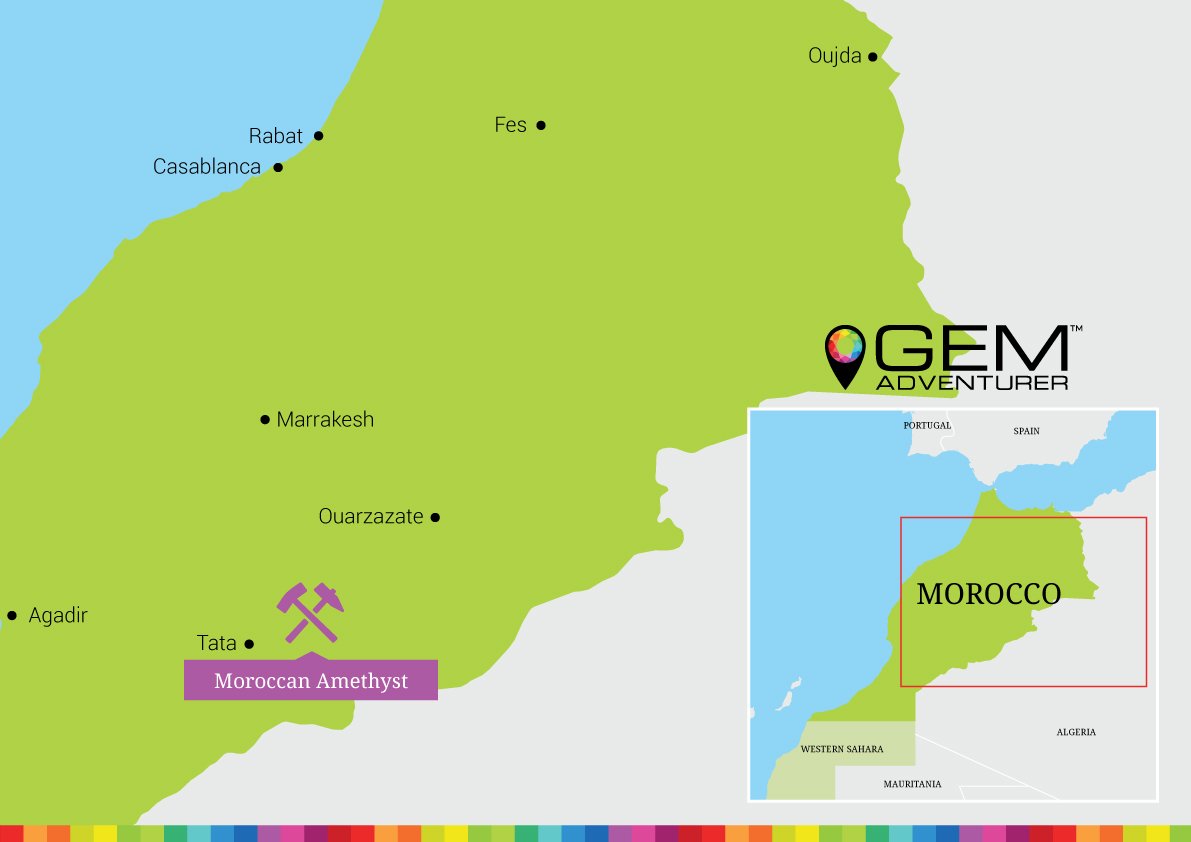
Click map to enlarge



